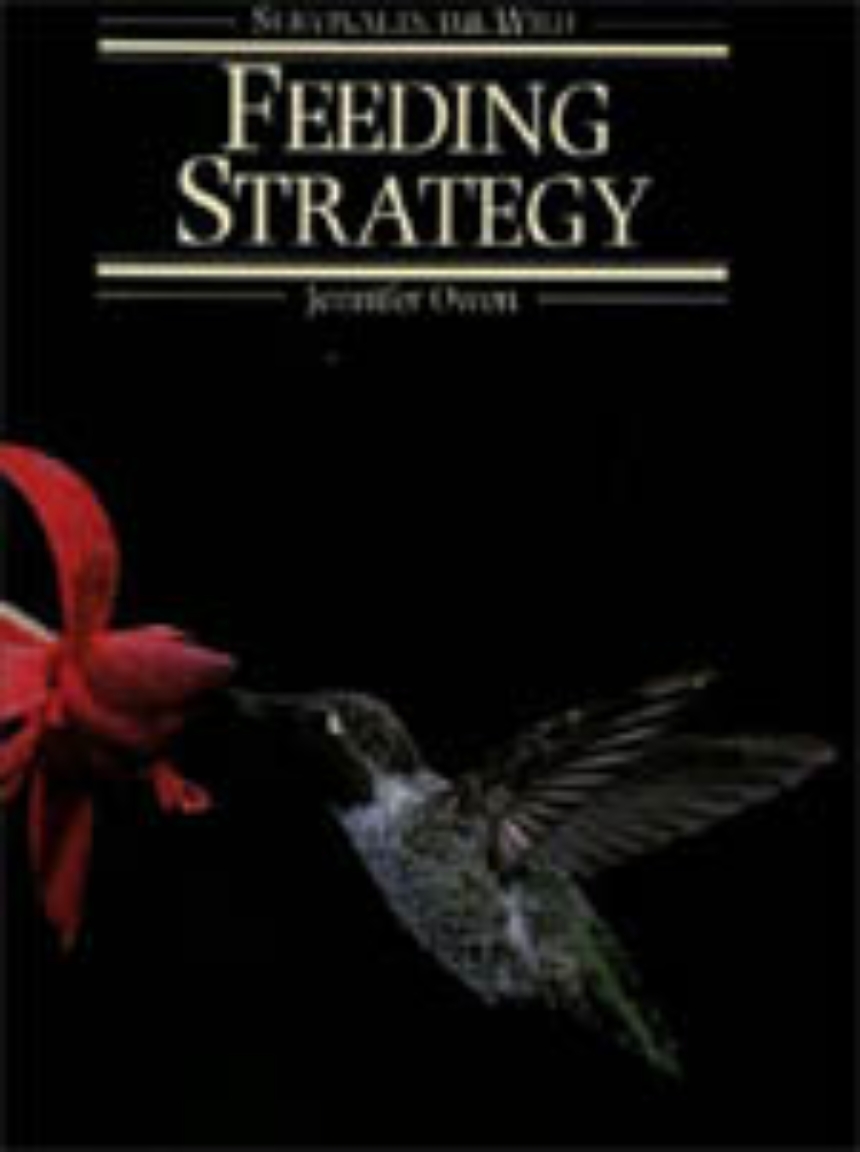Feeding Strategy
Feeding is invoked in some way in almost all the encounters and associations between different species. The choice of food is immense: plants grow in a multitude of forms, from seaweeds to cactuses and from grasses to forest trees: animal prey is available from tiny krill in the oceans to antelopes on the plains. As almost every species is accessible to another with the right feeding strategy, there is a continual evolutionary jostling between eater and eaten for the advantage over the other.
Among both plants and animals elaborate strategies have evolved for exploring the surrounding life as food. The feeding behavior of predators is based on a search and strike strategy. In contrast, grazers live surrounded by their food and are relatively immobile. Such animals as impalas and grasshoppers, whose persistent feeding make them ready prey, have evolved means of avoiding the notice of predators or methods of speedy escape. Plants that digest animal tissue have evolved complex and devious means to attract prey.
The variations in style of these feeding encounters and the precision involved in some of the feeding mechanisms are the themes of Feeding Strategy.
Among both plants and animals elaborate strategies have evolved for exploring the surrounding life as food. The feeding behavior of predators is based on a search and strike strategy. In contrast, grazers live surrounded by their food and are relatively immobile. Such animals as impalas and grasshoppers, whose persistent feeding make them ready prey, have evolved means of avoiding the notice of predators or methods of speedy escape. Plants that digest animal tissue have evolved complex and devious means to attract prey.
The variations in style of these feeding encounters and the precision involved in some of the feeding mechanisms are the themes of Feeding Strategy.
160 pages | 32 color plates, 60 halftones. | 7.37 x 9.75 | © 1982
Biological Sciences: Behavioral Biology, Natural History
Table of Contents
Foreword
1. Food and feeding
2. Grazing
3. Chewing and sucking from plants
4. Flowers, fruits and seeds
5. Mining and burrowing
6. Deposit-feeding and suspension-feeding
7. Filter-feeding
8. Living parasitically
9. The predatory life
10. Eating dead plants and animals
11. Special feeding relationships
Glossary
Further reading
Acknowledgements
Index
1. Food and feeding
2. Grazing
3. Chewing and sucking from plants
4. Flowers, fruits and seeds
5. Mining and burrowing
6. Deposit-feeding and suspension-feeding
7. Filter-feeding
8. Living parasitically
9. The predatory life
10. Eating dead plants and animals
11. Special feeding relationships
Glossary
Further reading
Acknowledgements
Index
